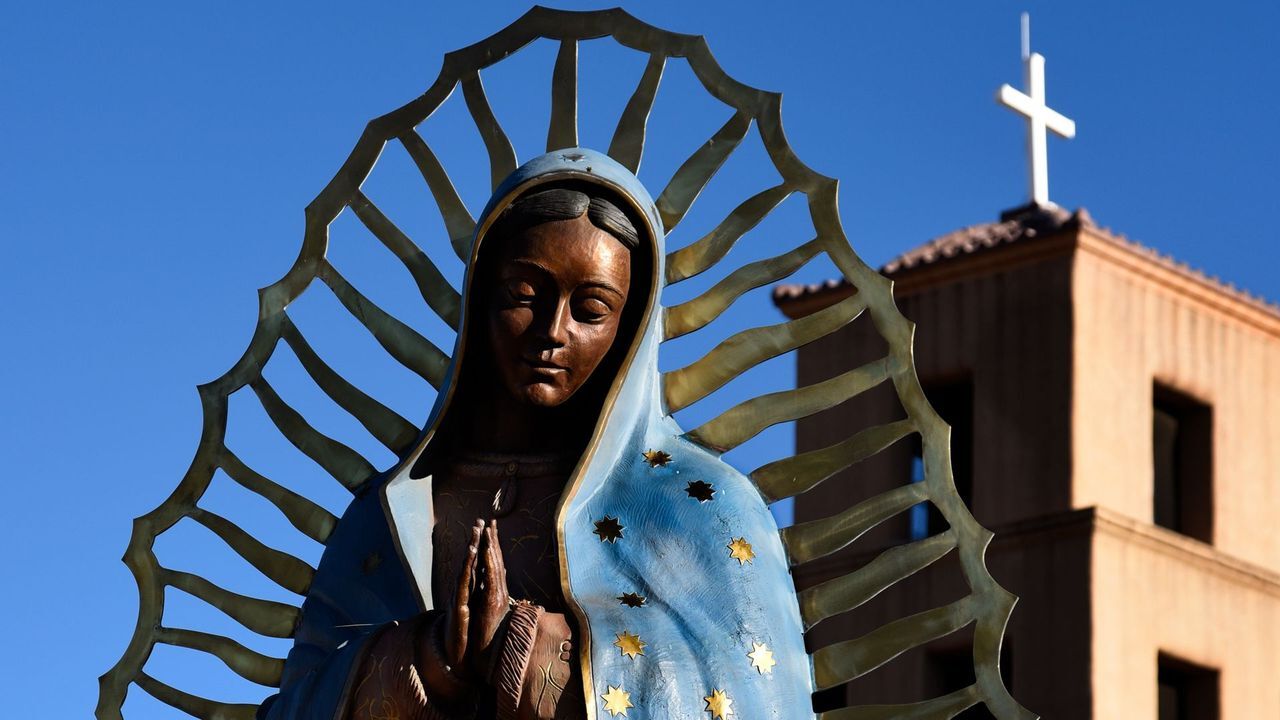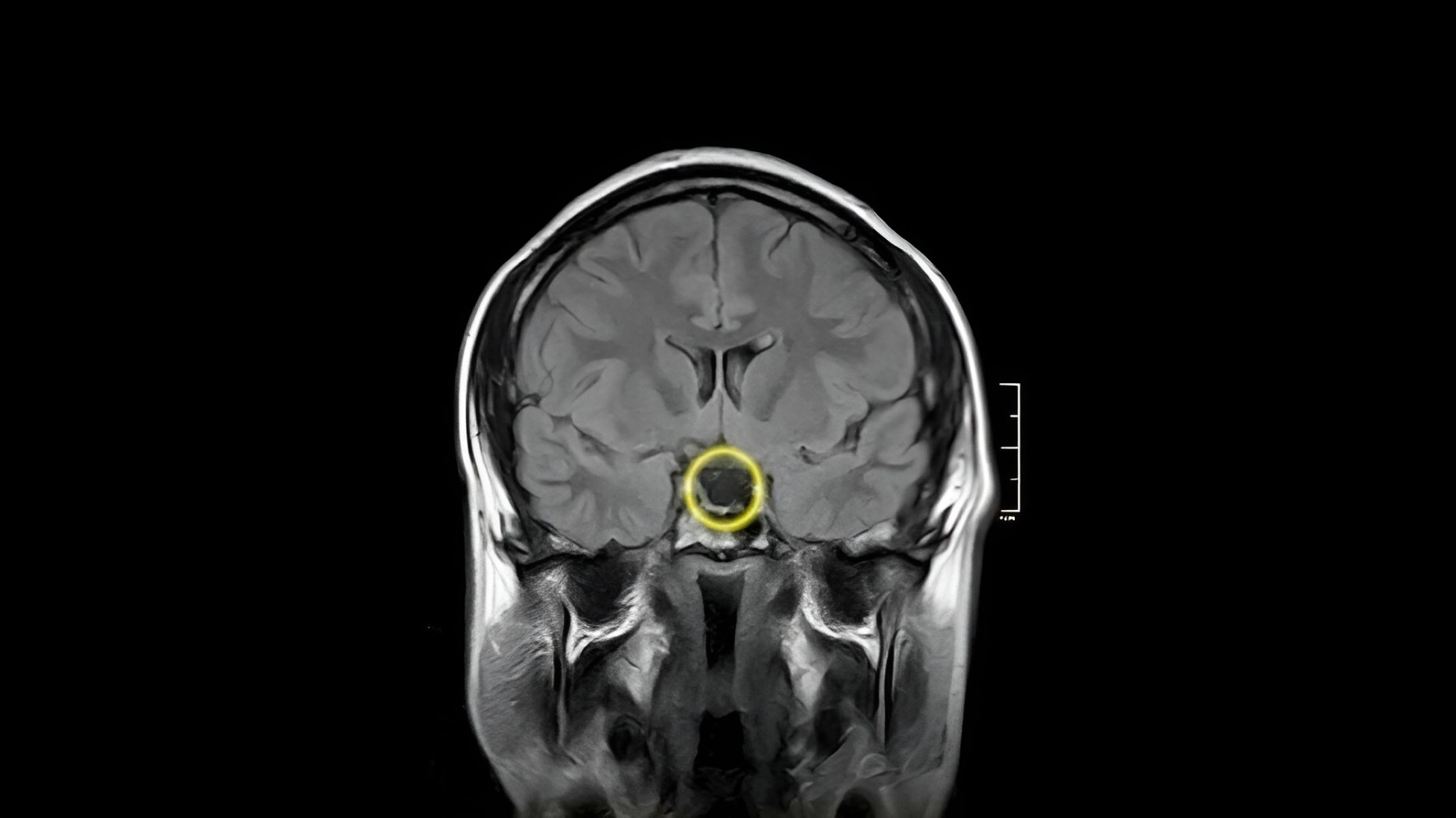
Why is the Black Madonna so significant? The Black Madonna holds a special place in religious and cultural history. These dark-skinned depictions of the Virgin Mary have sparked curiosity and devotion for centuries. Found in various parts of Europe, especially in France, Spain, and Poland, these statues and paintings often attract pilgrims seeking miracles or spiritual solace. Some believe the dark complexion symbolizes ancient earth goddesses, while others see it as a representation of the universality of Mary. Whether viewed as a symbol of resilience, a link to pre-Christian traditions, or simply a revered religious icon, the Black Madonna continues to captivate hearts and minds worldwide.
Key Takeaways:
- The Black Madonna, with her dark skin, holds deep cultural and spiritual significance, and is revered for her healing powers and resilience, inspiring modern art and feminist theologians.
- Pilgrimages to Black Madonna sites are common, reflecting deep devotion. Many believe in her miraculous powers, leaving offerings and prayers for healing and solace.
Origins of the Black Madonna
The Black Madonna is a fascinating and mysterious figure in religious history. These statues and paintings of the Virgin Mary with dark skin have intrigued scholars and believers alike.
- The term "Black Madonna" refers to statues or paintings of the Virgin Mary with dark or black skin.
- Many Black Madonnas are found in Europe, particularly in France, Spain, and Italy.
- Some Black Madonnas date back to the medieval period, around the 12th century.
- The dark skin of the Black Madonna is often attributed to the material used, such as dark wood or paint that has darkened over time.
- Some believe the dark skin symbolizes the Madonna's connection to the earth and fertility.
Cultural Significance
Black Madonnas hold deep cultural and spiritual significance in various regions. They are often associated with miracles and are revered by many.
- In Poland, the Black Madonna of Częstochowa is considered the Queen of Poland and is a national symbol.
- The Black Madonna of Montserrat in Spain is a major pilgrimage site, attracting thousands of visitors each year.
- In France, the Black Madonna of Rocamadour is believed to have healing powers.
- Some scholars suggest that Black Madonnas represent a blend of Christian and pre-Christian traditions.
- The Black Madonna is often seen as a protector and a symbol of resilience.
Artistic Interpretations
Artists have depicted the Black Madonna in various forms, each with unique characteristics and styles.
- Many Black Madonnas are depicted holding the Christ Child, emphasizing their role as a mother.
- Some Black Madonnas are adorned with elaborate crowns and robes, highlighting their royal status.
- The Black Madonna of Einsiedeln in Switzerland is known for its intricate gold and silver decorations.
- In some depictions, the Black Madonna is shown with a serene and compassionate expression.
- The Black Madonna of Tindari in Sicily is famous for its strikingly dark complexion and solemn gaze.
Historical Theories
Several theories attempt to explain the origins and significance of the Black Madonna. These theories range from historical to theological perspectives.
- One theory suggests that the Black Madonna represents the ancient Egyptian goddess Isis, who was often depicted with dark skin.
- Some historians believe that the Black Madonna's dark skin is a result of centuries of candle soot and smoke.
- Another theory posits that the Black Madonna's dark skin symbolizes the universality of the Virgin Mary, transcending race and ethnicity.
- Some scholars argue that the Black Madonna was intentionally created with dark skin to appeal to local populations in Africa and the Middle East.
- The Black Madonna is sometimes linked to the concept of the "Black Virgin," a symbol of hidden wisdom and mystery.
Modern-Day Relevance
The Black Madonna continues to inspire and captivate people around the world. Her image is a powerful symbol of faith and devotion.
- The Black Madonna is often featured in modern art and literature, reflecting her enduring influence.
- Many contemporary artists reinterpret the Black Madonna to address issues of race and identity.
- The Black Madonna is celebrated in various festivals and religious ceremonies, particularly in Europe and Latin America.
- Some feminist theologians view the Black Madonna as a symbol of female empowerment and strength.
- The Black Madonna is often associated with social justice movements, representing the fight against oppression and inequality.
Pilgrimages and Devotions
Pilgrimages to sites with Black Madonnas are common, reflecting the deep devotion of the faithful.
- The pilgrimage to the Black Madonna of Częstochowa is one of the largest annual religious events in Poland.
- In Spain, the pilgrimage to Montserrat involves a challenging hike up the mountain to reach the Black Madonna.
- The Black Madonna of Altötting in Germany is a popular destination for pilgrims seeking healing and solace.
- Many pilgrims leave offerings and prayers at the feet of the Black Madonna, hoping for her intercession.
- The Black Madonna is often credited with miraculous healings and answered prayers, further solidifying her revered status.
The Final Word on Black Madonna
Black Madonna statues hold a unique place in religious and cultural history. These statues, often shrouded in mystery, have sparked countless debates and theories. Some believe their dark color represents ancient goddesses or symbolizes the earth's fertility. Others see them as a representation of the Virgin Mary's suffering and resilience.
Regardless of the theories, Black Madonnas continue to inspire devotion and curiosity. Found in various parts of Europe, they attract pilgrims and tourists alike. Their enigmatic presence reminds us of the rich tapestry of human belief and the enduring power of faith.
Whether you're a history buff, a religious scholar, or just curious, the Black Madonna offers a fascinating glimpse into the past. So next time you come across one, take a moment to appreciate the layers of meaning and history it embodies.
Frequently Asked Questions
Was this page helpful?
Our commitment to delivering trustworthy and engaging content is at the heart of what we do. Each fact on our site is contributed by real users like you, bringing a wealth of diverse insights and information. To ensure the highest standards of accuracy and reliability, our dedicated editors meticulously review each submission. This process guarantees that the facts we share are not only fascinating but also credible. Trust in our commitment to quality and authenticity as you explore and learn with us.


